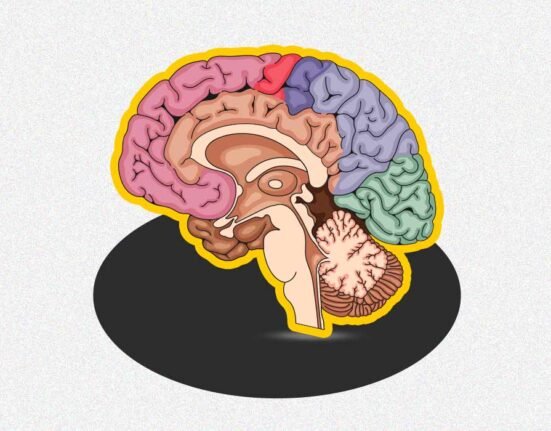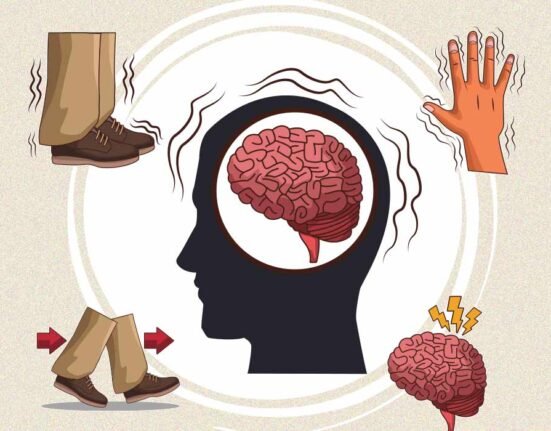Autism Spectrum Disorder
Autism Spectrum disorder, commonly shortened to just Autism, is a neurological disorder that affects a person’s ability to interact with others, communicate, learn, and behave. Although it can be diagnosed at any age, it is categorised as a ‘developmental’ disorder as its symptoms generally appear in the first two years of life.
This disorder is known as a spectrum disorder because there is a lot of variation in the types and severity of symptoms experienced by people. For example, some people on the autism spectrum may have advanced conversation skills while others may be nonverbal. Some people with ASD might need a lot of support in their daily activities while others can function with little to no support. People with autism are at increased risk of developing co-occurring conditions including epilepsy, seizures, depression, anxiety, and ADHD. They may also have challenging behaviours such as difficulty sleeping and self-injury.
What are some Causes of ASD?
This developmental ability is usually caused by differences in the brain. In some people, the difference is known, such as genetic conditions like Down Syndrome, Tuberous Sclerosis, or Fragile X syndrome, while in others it might not be visible. Other factors also affect the development of ASD, such as having siblings who have ASD, having older parents, or having low birth weight. There is a strong misconception amongst the public that vaccines lead to the development of Autism. However, extensive research has proven that childhood vaccines do not cause Autism.
What are the Signs and Symptoms of ASD?
According to the Diagnostic and Statistical Manual of Mental Disorders (DSM-5), people who fall on the Autism Spectrum generally exhibit difficulty in communicating and interacting with other people, repetitive behaviours, and restricted interests. These symptoms usually affect their ability to normally function in areas of life such as school and work. The following list describes some of the commonly observed signs of ASD, but not all people on the spectrum necessarily display these behaviours.
Social communication and interaction skill-related behaviours:
- Avoiding or making inconsistent eye contact.
- Not responding to their name or other attention cues by 9 months of age.
- Showing limited facial expressions even by 9 months of age, or displaying ones that do not match the situation.
- Using very few gestures (such as waving goodbye).
- Infrequent sharing of interests or enjoying of objects (for example, pointing at things to show others).
- Having difficulties holding a back-and-forth conversation.
- Talking at length about a topic without noticing if others are interested or not.
- Having an unusual tone of voice, such as that of a robot or a sing-song voice.
- Being unable to predict others’ actions.
- Not participating in imaginative play (for example, pretending to be a superhero or a teacher).
- Not noticing when others are hurt or upset.
Restricted behaviours and repetitive interests:
- Lining up toys and getting upset when the order is disturbed.
- Repeating certain words and phrases over and over again (a behaviour known as echolalia).
- Having an intense or obsessive interest in specific topics, such as a particular animal, a country, or facts.
- Showing overly focused interest, such as focusing on part of an object (such as wheels).
- Following routines rigidly and having trouble transitioning and dealing with changes.
- Having unusual reactions to sensory input: either being too sensitive or not sensitive enough to light, sound, taste, feel, or smell.
People with autism may also have delayed movement, language, cognitive, or learning skills, seizures, gastrointestinal problems like constipation or diarrhoea, unusually high levels of fear, anxiety and stress, hyperactivity and inattention, and unusual eating habits or preferences (such as an aversion to foods with certain textures). The level of intellectual abilities of autistic people varies greatly. Some people on the spectrum show profound impairment. They may have delayed language, movement, cognitive, and learning skills. Whereas some others showcase superior intellect. Their strengths can include the ability to learn things in detail and remember information for long durations, strong visual and auditory learning capabilities, and excellent mathematical, scientific, or artistic capabilities.
What is Stimming?
Stimming is a very common behaviour associated with people with ASD. it refers to self-stimulating behaviour, which usually includes repetitive motions or speech. For example, someone may repeatedly rub an object, say a phrase, or clap their hands. For people with ASD, it might come in the way of their routine functioning or cause them physical harm, but at the same time, it can also act as a coping mechanism when they are experiencing sensory overload.
What are the Types of ASD?
The DSM-5 published by the APA currently recognises five different varieties or subtypes of autism, they are:
- with or without accompanying intellectual impairment
- with or without accompanying language impairment
- associated with a known medical or genetic condition or environmental factor
- associated with another neurodevelopmental, mental, or behavioural disorder
- with catatonia (a syndrome characterised by abnormal movements or behaviour, or withdrawal from them)
Read More: Impact of Sleep Deprivation on Cognitive Thinking
What are the Treatment Options Available for ASD?
There are no cures for ASD. However, symptoms of ASD that impair functioning can be significantly reduced and managed over time through supportive therapies and social accommodations made for people with ASD. The following options are available:
- Social Skills Training: This training, usually imparted in groups, is aimed at helping children with ASD gain the ability to successfully navigate social situations. It can help them recognise common social behaviours such as sarcasm, which they otherwise tend to interpret very literally.
- Speech and Language Therapy: The objective of this therapy is to improve the person’s understanding and use of speech and language.
- Sensory Integration: therapy helps patients improve their responses to sensory inputs they find overwhelming or restrictive.
- Physical therapy: This helps patients work on their physical movements, such as fine motor skills or larger movements of the body. People with Autism are helped with improving their handwriting and other such skills.
Many other types of therapies exist to help people with ASD gain life skills, and occupational skills, reduce behaviours that interfere with daily functioning, increase motivation and interests and more. Interventions also exist that involve caregivers, parents, and siblings of people with autism, to sensitize them to the disorder and train them to help the person better. Medications may also be administered to reduce related symptoms such as anxiety, depression, irritability, attention problems, sleep problems, and repetitive behaviour.
Also Read: Modern interventions for the treatment of Autism Spectrum disorder
Read more article from Psychologs
- Mental illnesses
- Anxiety: Symptoms, Causes and Intervention
- Obsessive-compulsive Disorder: Symptoms, Causes and Treatments
- Bipolar disorder: Types, symptoms and treatments
- Schizophrenia: What is it, Symptoms and treatments
- Do you Experience Brain Fog?
- ADHD: Diagnosis, Types and Treatment
- Depression: Symptoms, Causes and Treatment
- Therapy













Leave feedback about this